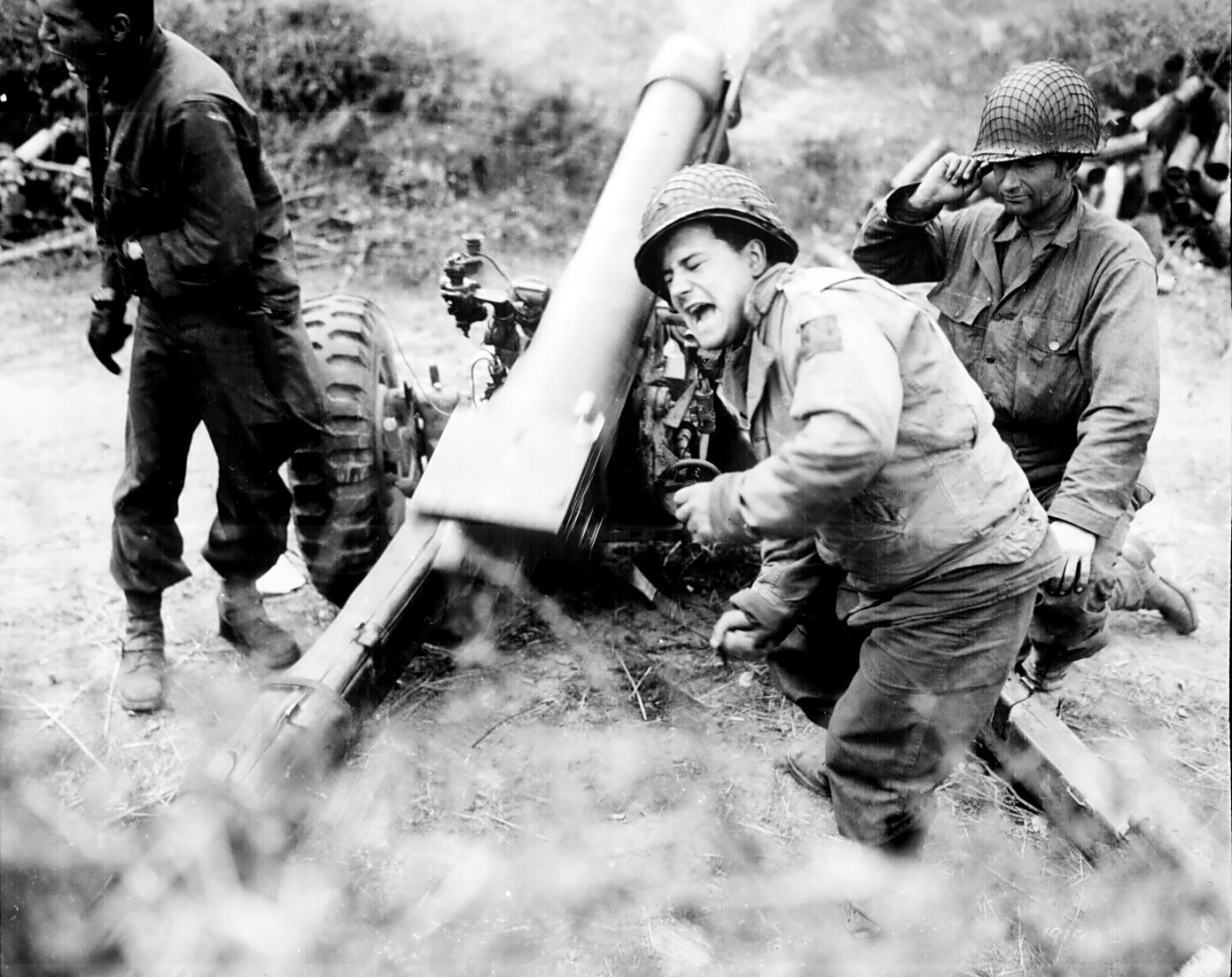
The History Of Cold Forging
The cold forging process was developed in Germany just before the end of World War II. It was used to produce artillery shells and other ordinance items for the war. After the war, a number of firms in the United States picked up the idea. At first, most of the work here was concentrated on shell manufacture, but it didn’t take long for the firms to realize the possibilities of cutting costs in the manufacturing of consumer goods.
By the early fifties, the process had attracted attention from car and truck manufacturers and was being used to produce automotive parts such as brake light receptacles and spark plug bodies. It was a process that could be economically applied to almost any symmetrical part made in large quantities. More than 500,000 tons of steel parts were manufactured by cold extrusion in 1969. By comparison, in 1950 the total was about one tenth of that.
Due to the energy crisis in the 1970’s, researchers worked intensely to improve material usage, reduce forging energy, and eliminate machining processes with high precision forging. Since problems such as environment pollution and noise level have become more prevalent, engineers have been researching hydraulics to find the optimum process to take the billet to the final product. Technology has focused on closed die forging and steels designed for cold forming. Closed-die forging technology improves the yield of material usage with the optimal process having no flash and reducing the need for highly skilled workers. Closed-die forging has become a key technology for precision forging of products such as constant velocity joints and bevel gears.
Some predictions for the future of cold extrusion are that new alloy designs will continue to improve the properties of cold worked products, reduce new tooling and maintenance costs, and lead to techniques that utilize the cold work of extrusion more effectively.

 Phone:630-325-1091 Fax:630-325-8652
Phone:630-325-1091 Fax:630-325-8652  Printer-Friendly
Printer-Friendly